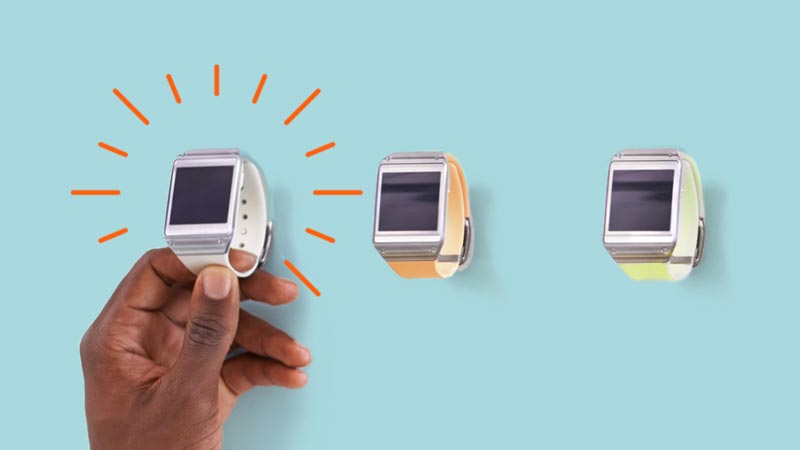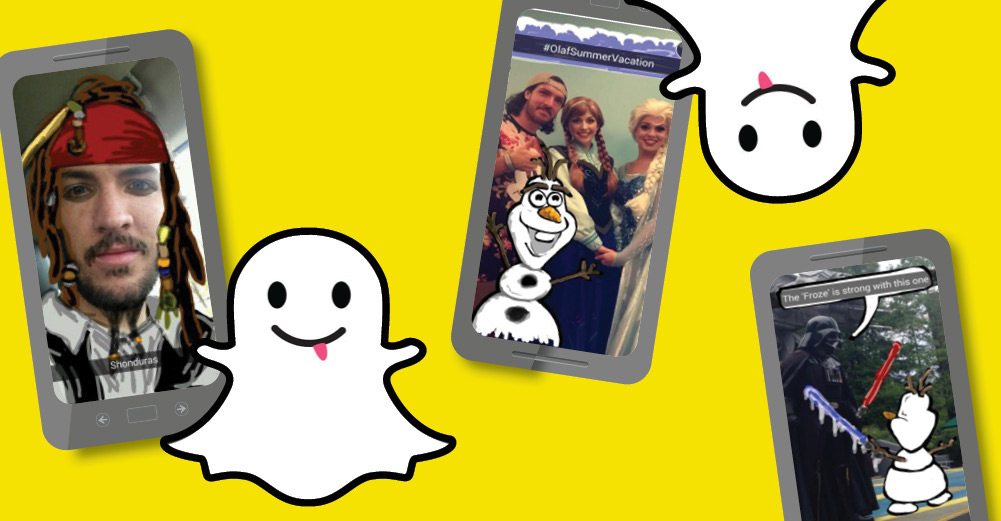In 2017 all websites should be optimized for a variety of devices, with mobile-friendly, responsive web designs and super fast load times. Now, it’s time to start thinking even smaller or your brand is going to find itself behind the curve. As wearable devices are becoming more popular, more affordable and the apps get better it’s not enough for your brand to have a content experience that seamlessly goes from a desktop to a tablet to a mobile phone anymore. Gartner predicts that by the end of 2017 wearable devices will drive 50 percent of total app interactions, so you also need to be able to provide an enjoyable experience on tiny screens the size of a wrist.
WHAT IS A WEARABLE DEVICE?
A wearable device is anything that can be worn on your body and can connect to the Internet, such as a fitness band, a heart-rate monitor, a VR headset, or a smart watch. It runs off of an app and works to detect, record, retrieve or transmit data. Wearables are pretty amazing because they are able to process more real-time data than we have ever been able to play with before — and we can take it with us for so many more activities than the computer stuck back at the office or the mobile phone packed away as we’re climbing up a mountain.
THE DIFFERENCE BETWEEN RESPONSIVE SITES, MOBILE APPS AND WEARABLES
While both a mobile responsive website and a mobile app can be seen and used on a mobile device, they are very different applications. A responsive website can be seen and used on a mobile device as long as there is a web browser available, but a mobile app must be downloaded and installed on a mobile device to be used.
Responsive Websites
A responsive website uses a cascading style sheet (CSS) to define how its real estate will be arranged on differently sized screens. The main goal here is to specifically dictate different designs based on the various devices showing the design. For example, a three-column grid on a desktop would automatically show as a single column on a mobile device.
The benefit of the full site is that you can make updates when needed and you don’t need to inform or request your audience make an update to the version of the application they have, like you do for an app.
Mobile Apps
Once downloaded, a remains on a smartphone and is best for frequent and repeated use.
An app is made to be a stand-alone product designed for a specific device (like an Android or Apple product) and is usually coded using Java or HTML for all the different versions needed to display and function beautifully on various devices.
Wearables
Wearables are usually an extension of rather than a replacement for a person’s smartphone and tend to be personalized to the wearer. Because the hardware is fairly small, wearables currently tend to be less powerful than phones and tablets. The apps they run are either phone apps with only a handful of functions available or customized apps made just for the wearable that allow a limited number of use options.
People tend to use their wearables in short bursts of time to perform specific actions that can be done in seconds (rather than minutes). If something is going to take more than 10 to 20 seconds, more often than not the user will prefer using their phone.
But with more individuals using wearables and innovation driving sales, the ultimate goal for developers is to improve hardware, battery and overall functionality to the point where consumers have the ability to conduct “phone tasks” on their wearables instead.
WHY WEARABLES SHOULD MATTER TO YOUR BRAND
The data you can collect from a wearable device can help you better understand your audiences and their behavior because you can see who is interacting with your brand in real-time, and what features they use the most. To continue to explore the data-driven insights brands can collect from connected device, read more of my thoughts on a recent IoT publication .
Technology moves faster than we expect it to, so companies need to invest in ways to create an experience that can be run on all devices (desktops, tablets, smartphones, and wearables) in a consistently branded way. The brands that capitalize on this opportunity to connect — centralizing and analyzing all the newly generated data to better understand user behavior — will have a huge competitive advantage in their respective marketplaces.
In the future many commercial B2C brands will help their consumers live easier lives by connecting the items and products in their home to the phones in their pockets and to the watches or clothing they wear, all while collecting the data necessary to continue to optimize these experiences.
It took decades to reach the point where nearly every employee had a computer, and longer still for households to reach that point. Mobile phones revolutionized information sharing and communication in recent years, and I expect wearable devices to do the same — at an even faster rate.
Companies must strive to stay ahead of the curve and be ready and able to give their audiences what they need — on the devices they prefer.



